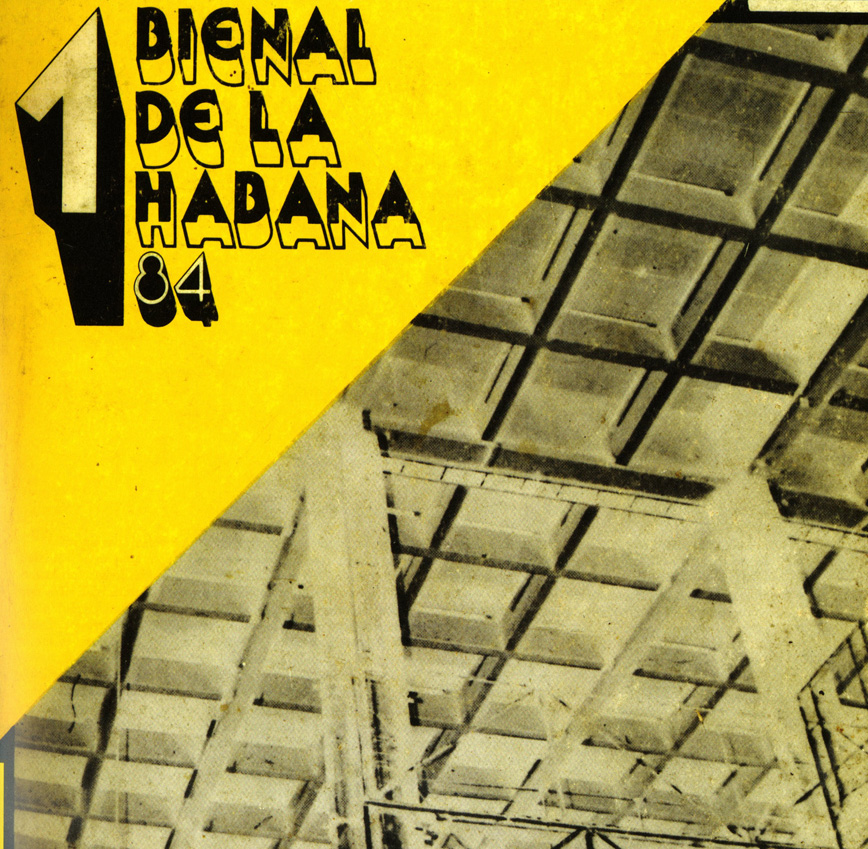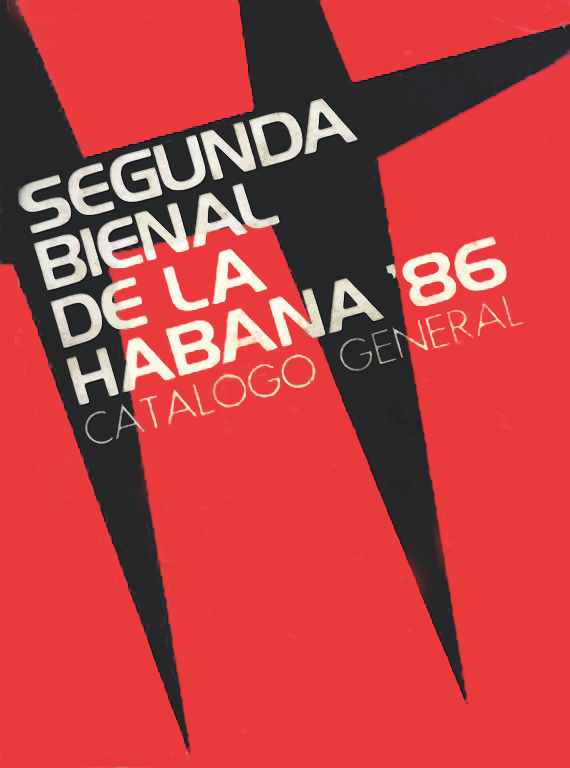Bienal de la Habana
1984, 1986
Wilfredo Lam Contemporary Art Center
Havana, Cuba
1984, 1986
The Bienal de la Habana, when first established in 1984 offered a singular and crucial meeting place for art from the region, exhibiting artists solely from Latin America and the Caribbean. In the second edition in 1986, the Bienal included art from Africa, Asia and the Middle East, becoming one of the most important platforms for artists from outside the West. The Bienal’s focus – which was radical in the 1980s, when major art events were fewer and focussed almost exclusively on the Europe-US axis – was to nurture interest in what were considered alternative regions, excluded from the international establishment. The second Bienal in particular broadened this initiative, with 667 artists from 61 countries including; from Latin America: Argentina, Belize, Bolivia, Brazil, Colombia, Costa Rica, Cuba, Chile, Ecuador, Salvador, Guadeloupe, Guatemala, Guyana, Haiti, Honduras, Jamaica, Martinique, Mexico, Nicaragua, Panama, Peru, Puerto Rico, Dominican Republic, Trinidad and Tobago, Uruguay, Venezuela; from Sub-Saharan Africa: Angola, Burkina Faso, Cameroon, Congo, Ethiopia, Ghana, Mali, Mozambique, Nigeria, Senegal, Seychelles, Tanzania, Togo, Zaire, Zambia, Zimbabwe; from North Africa and the Middle East: Algeria, Egypt, Morocco, Iran, Iraq, Kuwait, Lebanon, Syria, Sudan, Tunisia; from Asia: Cambodia, the Philippines, India, Indonesia, Malaysia, Laos, Sri Lanka, Pakistan, Vietnam.
Since its establishment in 1984, the Bienal has taken place at The Wifredo Lam Center of Contemporary Art – as well as other parts of the city of Havana – which is a beacon for the confluence of ideas and ideals manifesting within the Global South.

Catalogue cover of the 1st Bienal de la Habana in 1984

Catalogue cover of the 2nd Bienal de la Habana in 1986
